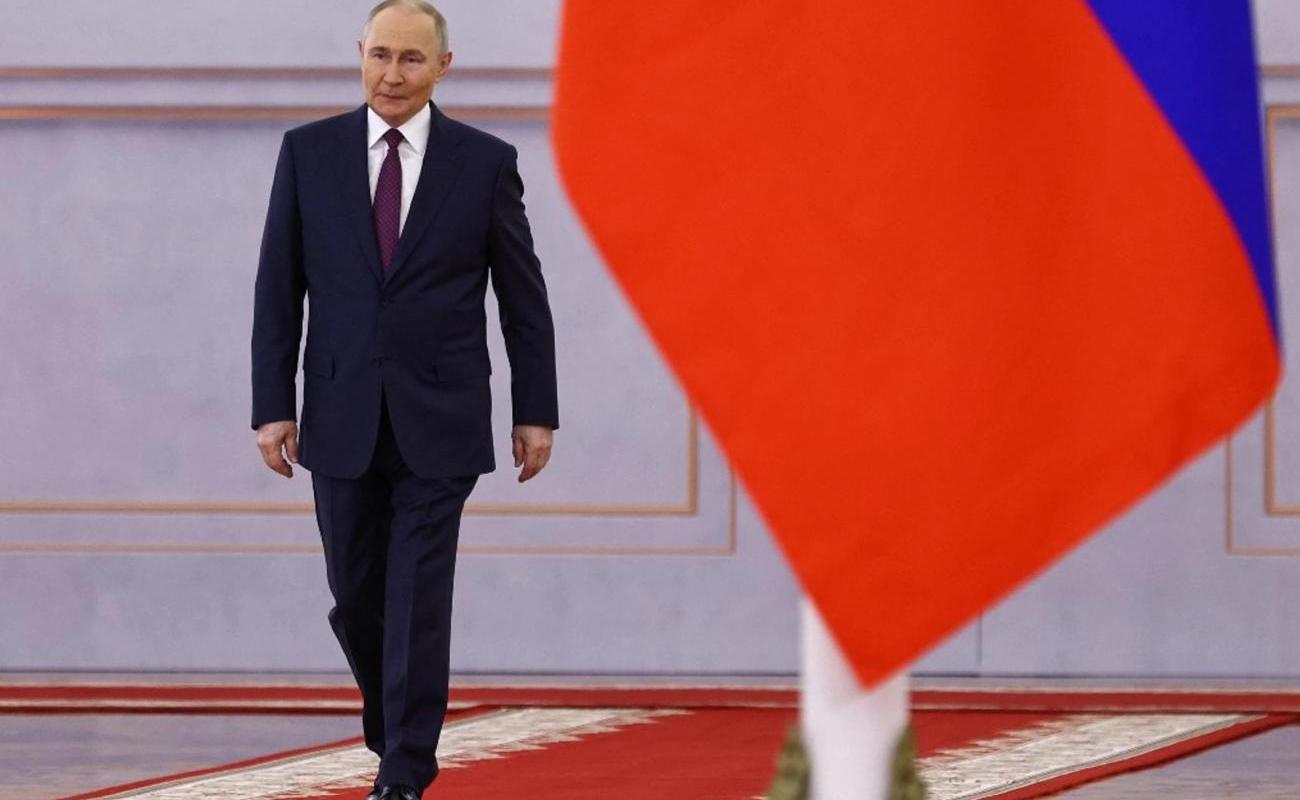ANALYSIS: Kremlinology Is Dead. Putinology Rules. Inside Russia’s New Power Game

What the 2025 Moscow Victory Day Parade reveals about Russia’s shifting global alliances – and why the age of Kremlinology is over.
During the Cold War, the May 9 Victory Day parade was essential viewing for anyone seeking insight into the Kremlin’s cryptic power structure. Kremlinologists dissected every image as if decoding scripture. The placement of officials, the absences, the subtle shifts in proximity to the General Secretary – each detail hinted at political currents behind closed doors.
Alongside Revolution Day (November 7), state funerals, and Central Committee meetings, the parade offered a rare glimpse of Soviet leaders assembled in public. Analysts parsed the lineup to gauge influence, rivalry, and survival. Today, that ritual has faded as the art of Kremlinology seemed to become obsolete at the end of the Cold War. Understanding Russian power now begins and ends with a single figure: the age of Putinology has arrived.
The Soviet machine operated with grim predictability. Structures existed. Power moved through committees, factions, ideological rules. Today, this is no longer the case: The Politburo is gone, Marxist doctrine has vanished, institutional checks have collapsed. What remains is Vladimir Putin, flanked by a handpicked cast of loyalists willing to be seen at his side.
This year’s Victory Day parade offered a long guest list, but with only a handful of notable names: Xi Jinping of China, Lula da Silva of Brazil, Nicolás Maduro of Venezuela, Aleksandar Vučić of Serbia, Robert Fico of Slovakia, and To Lam of Vietnam. Red Square, draped in flags and flanked by aging military hardware, projected a quieter message than in Soviet times. Not a show of dominance, but a signal of survival. Russia is not isolated. It still has friends. Here they are.
Shoigu’s demotion has been public knowledge for months. Yet in Soviet times, such a shift might have been revealed only during a public event like this – caught by a watchful Kremlinologist and immediately flagged in cables to foreign ministries. In 2025, it passed with little more than a footnote.
The Soviet Union operated through committees, ideology, and structure. Putin does not manage a system – rather, Putin is the system.
This year, the spotlight was on the foreign guests – and what their attendance really signaled.
Start with China. Xi Jinping’s presence was a symbolic win for Putin. Chinese soldiers marched across Red Square as cameras captured the moment. Yet Xi’s visit did not appear to signal deeper commitment. Behind the scenes, Putin reportedly used the opportunity to ask China to build more factories in Russia. Meanwhile, Xi used the opportunity to seemingly send a more complex message aimed afar.
China is currently engaged in sensitive trade negotiations with the United States in Switzerland – talks that are vital to its economic future. While Russia accounts for just 3.9% of China’s trade, NATO countries represent over 40%, with the US and EU at the core. Beijing may offer Moscow a handshake, but is it likely to jeopardize its own economic stability for a partner whose economy is faltering and military credibility in ruins? What does China get from backing a sinking ship?
That’s what makes today’s Kremlinology so different. There’s no unifying ideology. No doctrine. No global vision. Alexander Dugin’s “Eurasianism” might dress itself up like one, but “the great Russian world” does nothing to explain what we saw unfold on Red Square.
Countries like Venezuela and Cuba show up in Moscow because they have few alternatives. Isolated from Western markets and institutions, appearing alongside Putin offers them visibility and a show of defiance. Serbia and Slovakia attend not to embrace a shared ideological vision, but to irritate Brussels, signal independence, or extract leverage. Their presence is less about allegiance and more about theater.
Even North Korea, one of Russia’s last dependable arms suppliers, appears to be drawing limits. Its “unwavering” support seems increasingly constrained, focused on aiding Russian defenses inside Russian territory rather than becoming entangled in a broader war inside Ukraine. The lines of loyalty are thinner than they appear.
Mark N. Katz, a professor emeritus of Russian politics at George Mason University and longtime Kremlin watcher, sees a major shift: Kremlinologists once studied a sprawling, Communist Party rule-bound system. Putinologists now study a man. The Soviet Union, for all its brutality, operated through committees, ideology, and structure. Putin’s Russia is built on improvisation, loyalty, and instinct. Putin does not manage a system – rather, Putin is the system. No longer does even the May 9 parade focus on Russian officials, but on which foreigners are in attendance, in fact taking attention away from Russia.
This shift aligns with another one, notes Katz, seen across the United States, that unlike during the Cold War, the US government invested heavily in understanding the Soviet Union. There were university centers built around Soviet studies. Today, the intellectual spotlight has moved elsewhere – toward China, the Middle East, and emerging technologies. Russia is no longer the center of analytical gravity in American academia.
Russia is still a threat to global security, yet it does not seem to enjoy the spotlight of Western attention that it would be expected to entail.
The 2025 parade had all the usual choreography – military hardware, synchronized formations, flags flanking Red Square. But the underlying message felt different. The alliances are temporary. The ideology, hollow. Even dependable guests, like Belarus’ longtime dictator, was on his plane back to Minsk within hours of the event’s conclusion.
Kremlinology once revealed the machinery of an empire. Putinology shows us what’s left when that machinery is replaced by one man’s grip: less to interpret, more to simply watch.
